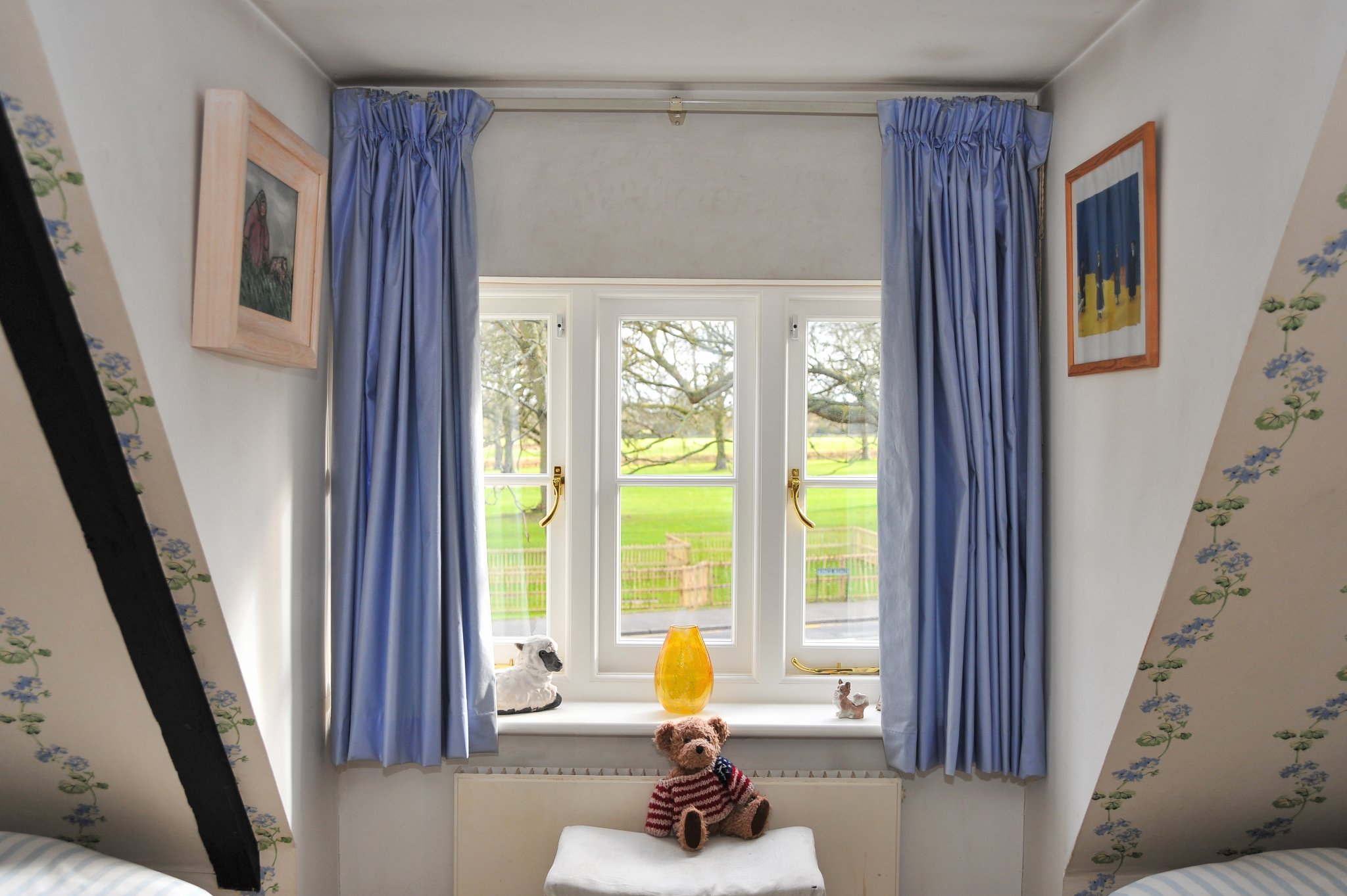Making clear decisions on new windows

Now that we’ve decided to replace our windows, what are some tips on deciding which kind to purchase?—Grace
One easy to implement tip is to do a thorough search online or visit a local window store to see examples of different window styles. The many options include fixed-pane units that don’t open at all, casement windows that crank open, sliders, bay windows or double-hung that open from the top and bottom.
Weighing your choices
The choices don’t end there: you have to select the frame and the sash, which is the inner frame that holds the glass.
Vinyl is the least expensive and most common option; it can also be energy efficient and does not require painting. But vinyl frame quality varies greatly and less expensive models may be susceptible to warping.
Aluminum is affordable, but if the frames don’t have a thermal break, they can lose heat and cause condensation.
Wood windows offer high quality, but also higher price and maintenance requirements.
Other options include wood with vinyl cladding, and fiberglass and composite windows that fall between vinyl and wood in quality and price.
Clearer choice
At least there are only two choices for glass assemblies. Single-pane windows no longer meet building codes, so you’re limited to double pane or triple pane. It can be worth the price to add a low E-coating that reflects heat back into the room. You also can boost energy efficiency with windows that have argon or CO2 gas between the panes.
If your existing frames and sills are free of rot and in good condition, and you won’t be altering the walls around them, you could save money by replacing only the glass in the windows.
Sometimes home improvement projects can grow into something bigger. You might want to replace windows and siding at the same time, boosting insulation in the process. Or you could replace doors, too, or reduce or increase the size of one or more windows.
Remember that high-efficiency windows are less efficient than a well-insulated wall, so increasing or decreasing window area can impact heating and cooling costs. KL
PAT KEEGAN and BRAD THIESSEN write on energy efficiency for the National Rural Electric Cooperative Association.

